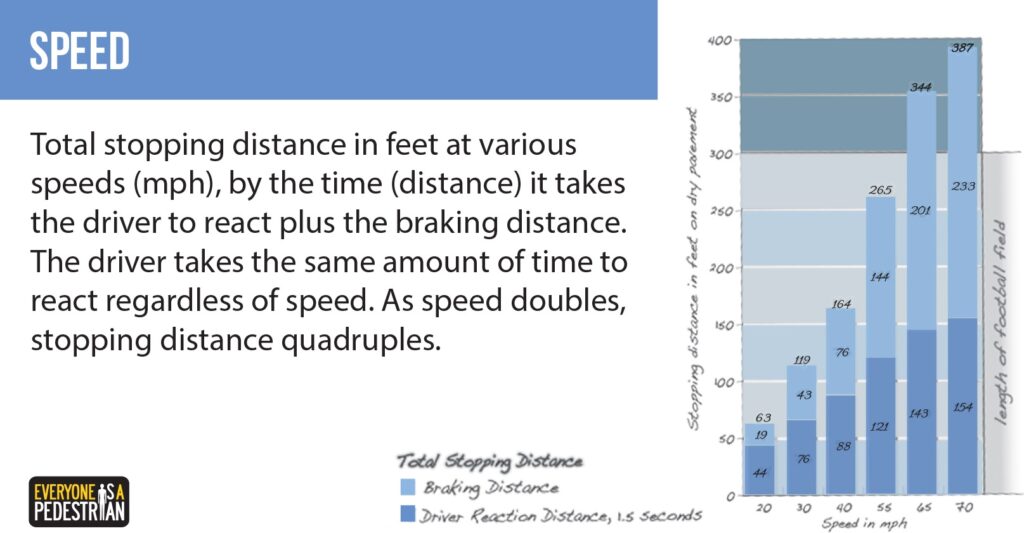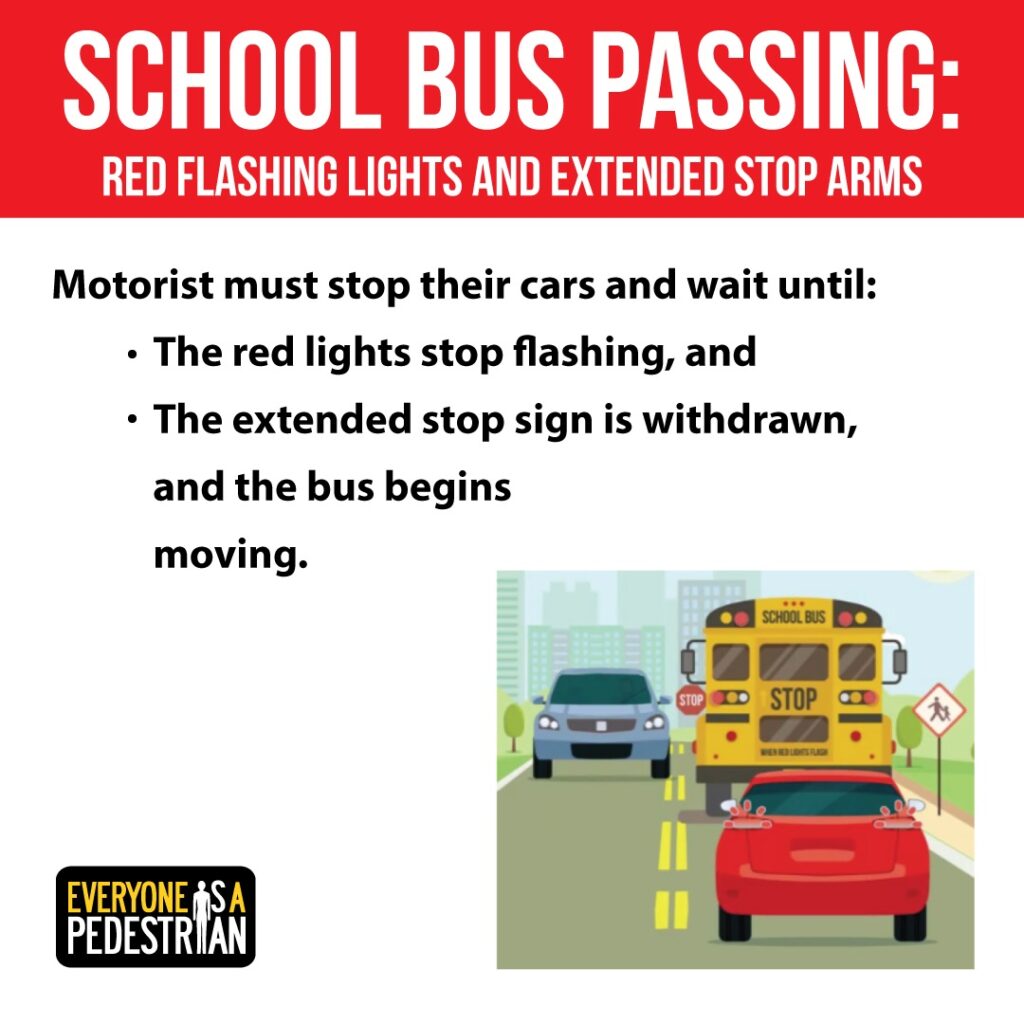Drivers and Pedestrians Safely Sharing the Road
Children younger than 14 years of age are at risk of being involved in traffic related pedestrian crashes because of their size and cognitive ability. Whether it is a walk to school or the park, pedestrian survival skills are a must. Walking is a child’s first form of transportation. A child will walk long before he or she will ride a bicycle or even drive a vehicle.

Pedestrian Safety Tips for Drivers

- Everyone is responsible for pedestrian safety: Always be on the lookout for pedestrians, especially in areas where you know they may be present. Be aware that pedestrians may not walk at crosswalks or intersections. Avoid distractions and look for pedestrians everywhere, safety is a shared responsibility.
- Look for children: Children do not always follow the traffic signs and signals or cross the street in a crosswalk. Children may run into the street without looking and without warning. Be cautious and alert on neighborhood streets, near parks, playgrounds, and in school zones where pedestrians may appear suddenly.
- Follow traffic signs and signal and always give pedestrians the right of way: There are several pedestrian signs and signals that require drivers to yield the right of way to pedestrians. Be aware that pedestrians do not always follow the traffic signals. Pedestrians may walk when the “Don’t Walk” signal is present, or jaywalk, or dart out in traffic. When you are operating a vehicle, you have accepted a heightened responsibility for pedestrians and bicyclists on the road. Always remain attentive.
- Look before turning at an intersection: When you are getting ready to make a turn, always look ahead to see if there’s a pedestrian crossing or preparing to cross the street. Make eye contact and give a pedestrian the right of way.
- Crosswalk rules: Always yield to pedestrians in a crosswalk. When approaching a crosswalk, reduce your speed and be prepared to stop. Never block a crosswalk when stopped at an intersection. Stop well back from the crosswalk to leave enough room in the crosswalk for pedestrians to walk. Never attempt to go around other vehicles stopped at a crosswalk.
- Be careful when passing a stopped vehicle: Children may dart out from in front of a stopped vehicle, or the vehicle passenger may open the door without warning. Vehicles that are stopped in the roadway may be yielding to pedestrians crossing the street. Do not pass a stopped vehicle unless you are sure the roadway is clear.
- Never assume a pedestrian sees you: Always make eye contact with a pedestrian and confirm they know the direction you are moving, whether straight or turning, and remember to give the pedestrian the right of way.
- Maximize your ability to see when driving during low light or inclement weather: At night or during rainy, snowy, or otherwise tough driving weather, overall visibility is limited, making it difficult to see pedestrians. Not only is it more difficult for drivers to see oncoming pedestrians, it is harder for pedestrians to see drivers. Keep your windshield clean and clear of debris. Make sure your headlights are on and you use your turn signals so you can more easily see pedestrians and they can more easily see you.
- Be extra cautious when backing up: When backing up, continue to check your rearview mirror as well as your side mirrors and around your vehicle for pedestrians, especially children who may run behind your vehicle unexpectedly. Be especially careful in driveways and parking lots.
- Safety at stopped school buses and school drop off: Never pass a stopped school bus. When children are exiting the school bus, they may cross the street without looking and children are not always easy to see near the school bus. At the school drop off area, be sure to follow all school drop off procedures carefully. Avoid double parking, as it blocks visibility, and never let children exit the vehicle across the street from the school.
